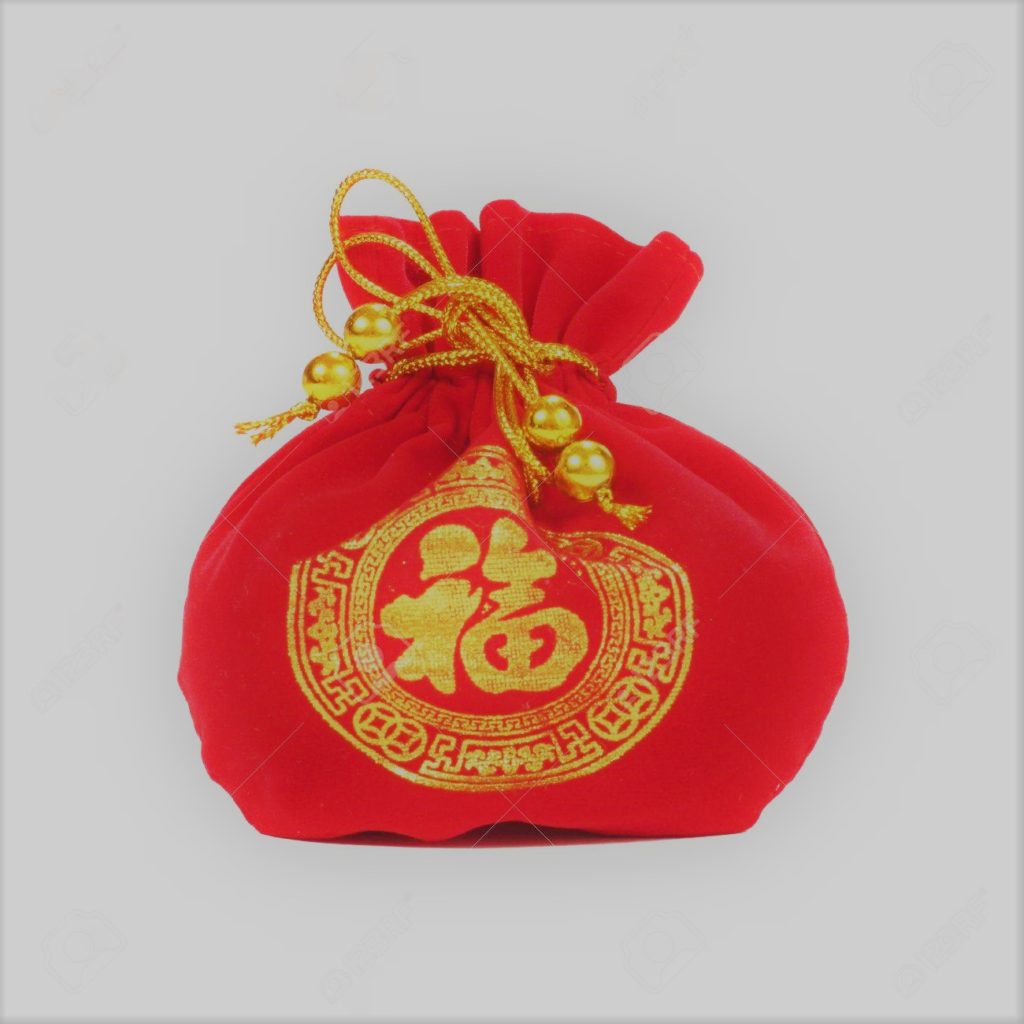The Yin and the Yang of Red
On her “Red” Tour, Taylor Swift was quoted as saying, “Red is such an interesting color to correlate with emotion, because it’s on both ends of the spectrum. On one end you have happiness, falling in love, infatuation with someone, passion, all that. On the other end, you’ve got obsession, jealousy, danger, fear, anger, and frustration. All those emotions – spanning from intense love, intense frustration, jealousy, confusion, all of that – in my mind, all those emotions are red.” To many Koreans, present and past, this quote would not strike them as being particularly novel in content, as red has occupied positions on both ends of the spectrum of meaning for millennia on the peninsula.
This month’s Blast from the Past deals with giving red presents, taken from the article “Gift-Giving Myths” by Stephen Redeker and Sun Kyung-hwa (Gwangju News, March 2013) and with red things that one would best avoid, from Stephen Redeker’s “The Red Pen” (Gwangju News, February 2013).
Gifts of Red
Gift-giving is common among Koreans for so many occasions, and one common gift has traditionally been a bok jumoni (복 주모니, a coin purse). Surviving today mainly for ornamental purposes, the color of most bok jumoni is still red. Koreans have preferred red for these pull-string coin purses over other colors, as red represents good fortune. If you intend to give a bok jumoni as a gift (possibly on a holiday such as Chuseok or Seollal to children in one’s extended family), make sure to put some money in it; 1,000 or 10,000 won is sufficient and provides an additional level of good fortune!

Another Korea gift-giving custom that involves the color red is the giving of bright-red long underwear (naebok/naeui, 내복/내의), especially to parents and parents-in-law, on special occasions. There is a long-standing tradition of giving red “long johns” to one’s parents after receiving one’s first paycheck from their very first job. People also do give many other gifts to show appreciation to their parents, but the red long johns gift has a practical explanation. Back in the day, when home heating was not nearly as efficient as it is now, people regularly wore long underwear during the day and at night. Red-colored long underwear were of higher quality and more expensive than the run-of-the-mill, drab-colored undergarments offered at the time and therefore more desirable. Anyone who still observes this custom today would probably buy red boxers, briefs, bras, panties, or similar underwear for their parents.
To continue on the red underwear theme, have you ever noticed that during the grand opening of a department store, there is lots of red underwear on display? It is believed that buying red underwear at this time will bring good luck not only to the recipient but also to the newly opened business. Here is an idea for all the people with parents out there: The next time you visit a clothing store during their grand opening, buy a set of red undergarments in your parents’ sizes, stash them away until an appropriate event presents itself, and then give the red undies as a gift of appreciation to your parents. Good luck and good fortune for everybody!

Giving red undergarments as presents may sound a bit lewd to some, but let us put it in a bit of historical perspective. Think about the paintings of Korean kings that you may have seen. What color are their outer garments? Most often, they are red or gold. Gold is a precious metal that is associated with grandeur, wealth, and prosperity – all appropriate symbolization for a king. And why red? Red was worn for protection – protection against all kinds of misfortune. And who were those who meted out misfortune? Evil spirits, of course. And since it was believed that spirits of all types feared the color red, it made perfect sense to wear red to keep away evil spirits and the misfortune that they might bring. Young children, who were susceptible to so many fatal childhood diseases, were customarily dressed in an article of clothing that was red, especially red socks and red sweaters
The Red Pen
It is a common belief in Korea, admittedly now more common among the older than the younger generation, that if someone’s name is written in red, then bad luck or even death will visit them very soon. There are several reasons why people have believed this. In many Asian countries, red is typically associated with death (just as black is associated with death in Western countries). First, blood is red in color; the red ink of a pen resembles blood, and generally the appearance of blood is a sign of pain and death.

Secondly, when someone died, their death was often recorded in the family register in red ink. Many of the long, vertical banners carried on bamboo poles in traditional funeral processions contained supplications written on red cloth. The belief was that evil spirits would be warded off upon the sight of the color red. This blood-resembling color was closely associated with death and harm, so no one wanted their names written in red to link them to such misfortune.

It would be wise for the newcomer to Korea to be aware of the do’s and don’ts associated with writing with red ink:
1. It is becoming more and more common for the younger generation to write with red-ink pens, but many of the older generation still shy away from doing so.
2. For the teacher, correcting assignments with a red-ink pen or pencil is common practice and perfectly acceptable.
3. Be safe. Do not write a student’s, or anyone’s, name in red.
4. Using a red ink pad for a rubber stamp or a traditional red ink pad (inju, 인주) for a name seal (dojang, 도장) is perfectly acceptable.
There are several additional Korean practices that led to the ingrained fear of having one’s name written in red. During the time of the kings, records of state executions used red to indicate those executed, or to be executed. Korean shamanism also has a connection to red. There were shamanistic spells of revenge that could be cast upon an individual who had wronged others. The spell included the writing of the name of the individual upon whom the spell was being cast on the ground in animal’s blood (usually chicken or pig blood). It is easy to see how the connection between red blood and red ink, and the writing of one’s name with it, lead to the fear of harm and death in traditional Korea. This dread of red, however, did not apply to traditional red seal ink, inju, because it was not a blood-like liquid: Its texture is more like that of rice cake.
So, this is the yin and the yang of the color red. On the positive, happy (yang) side, there is the giving of red money purses and clothing to bring good fortune to the recipient of the gift. On the negative, yin side, the writing of one’s name in red was thought to bring harm or even death.

If all this talk of red makes you worried that someone may have cast a spell on you or has written you name in red, go out and buy yourself a paper talisman and paste it above your door, carry it in your wallet, or place it under your pillow. It will keep the evil spirits and misfortune away, as it is written in red. And everyone knows evil spirits fear the color red.
Written by Stephen Redeker and Sun Kyung-hwa.
Revised and supplemented by David Shaffer.







